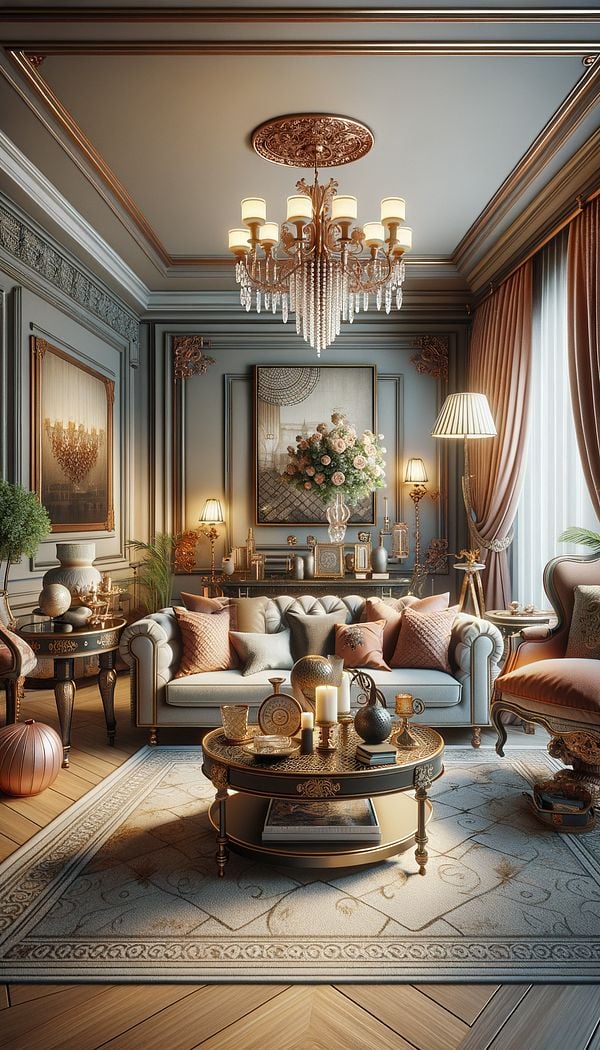What is Interior Decorating?
Interior decorating involves enhancing the aesthetic appeal and functionality of a space using various decorative elements and design principles.
Description
Interior decorating is the art of beautifying a space to make it more aesthetically pleasing and functionally useful without altering its structure. This involves selecting and arranging decorative objects, furniture, color and patterns, lighting, and window treatments, among other elements, to achieve a harmonious and visually appealing environment. Unlike interior design, which may involve structural changes and requires a deep understanding of architecture, interior decorating focuses on the surface-level aspects of a space, making it accessible to both professionals and enthusiasts.
The process of interior decorating can greatly enhance a space's visual appeal and overall ambiance, influencing how it is perceived and experienced by those who use it. By carefully considering the balance, proportion, and scale of each element within a room, decorators can create a cohesive and inviting atmosphere. Trends in interior decorating are continually evolving, allowing for fresh and innovative ways to style a space.
Whether undertaking a do-it-yourself project or hiring a professional decorator, understanding the basic principles of interior decorating can empower individuals to make informed decisions about their space. These include the importance of color theory, the role of lighting in setting the mood, and how different textures and patterns can add depth and interest to a room.
Usage
Interior decorating is applied in a variety of settings, from residential homes to commercial spaces such as offices, hotels, and restaurants. It can involve projects of all sizes, from rearranging furniture and adding new decorative objects to a room, to selecting a complete set of furnishings and decor for an entire home or business.
FAQs
-
What's the difference between interior decorating and interior design?
Interior decorating focuses on enhancing the look and feel of a space with decorative elements, without altering its structure. Interior design, however, may involve structural changes and requires a broader understanding of architecture.
-
Can anyone be an interior decorator?
Yes, while some decorators have formal training or certification, interior decorating is also accessible to enthusiasts who have a passion for design and decoration. Many resources are available for self-education.
-
How important is color in interior decorating?
Color is crucial in interior decorating; it influences the mood and perception of a space. Using color theory, decorators can create harmonious color schemes that enhance the overall aesthetics and functionality of a room.
Practical Application
To get started with interior decorating, begin by assessing the space and defining your aesthetic and functional goals. Consider the room's natural light, existing colors, and furniture layout. Then, explore different color schemes, materials, and textures that fit your vision. Remember, decorating should reflect personal style and the needs of those using the space.
-
Furniture Types599 articles
-
Lighting111 articles
-
Decorative Objects240 articles
-
Decorating Principles & Elements330 articles
-
Color & Patterns154 articles
-
GlassGlass is a hard, brittle, and typically transparent material, made by fusing sand with soda ash and lime, and cooled rapidly.
-
Reclaimed WoodReclaimed wood is recycled wood that has been repurposed for new uses.
-
Gender NeutralGender neutral in interior design refers to spaces or designs that do not conform to traditional gender norms and stereotypes.
-
Innerspring UnitAn innerspring unit is a network of interconnected coils that provide support in spring-based mattresses.
-
Wall ClockA wall clock is a time-keeping device designed to be mounted on a wall.
